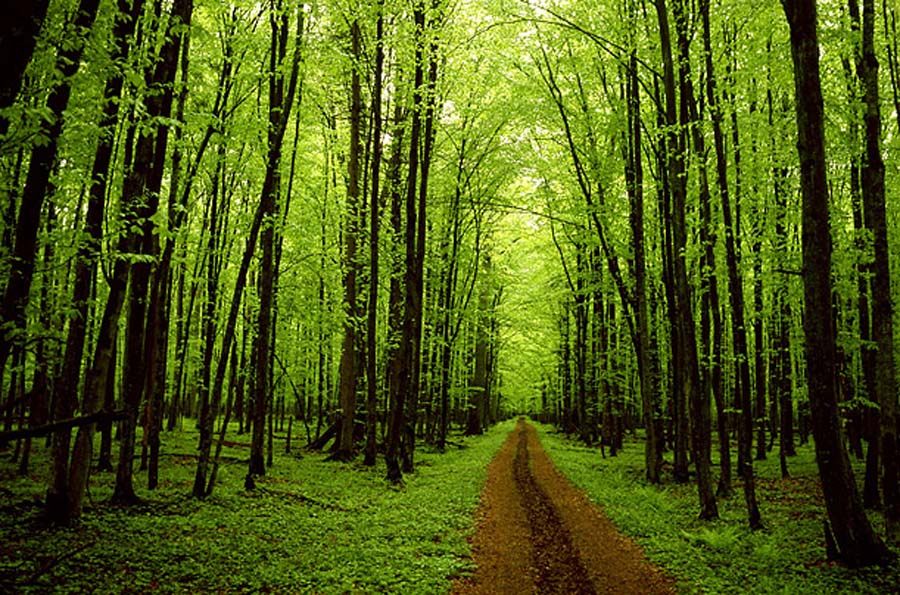Basic Website Sample - Franklin Forest
Although the bark functions as a protective barrier, it is itself attacked by boring insects such as beetles. These lay their eggs in crevices and the larvae chew their way through the cellulose tissues leaving a gallery of tunnels. This may allow fungal spores to gain admittance and attack the tree. Dutch elm disease is caused by a fungus (Ophiostoma species) carried from one elm tree to another by various beetles. The tree reacts to the growth of the fungus by blocking off the xylem tissue carrying sap upwards and the branch above, and eventually the whole tree, is deprived of nourishment and dies. In Britain in the 1990s, 25 million elm trees were killed by this disease. The innermost layer of bark is known as the phloem and this is involved in the transport of the sap containing the sugars made by photosynthesis to other parts of the tree. It is a soft spongy layer of living cells, some of which are arranged end to end to form tubes. These are supported by parenchyma cells which provide padding and include fibres for strengthening the tissue.Inside the phloem is a layer of undifferentiated cells one cell thick called the vascular cambium layer. The cells are continually dividing, creating phloem cells on the outside and wood cells known as xylem on the inside. The newly created xylem is the sapwood. It is composed of water-conducting cells and associated cells which are often living, and is usually pale in colour. It transports water and minerals from the roots to the upper parts of the tree. The oldest, inner part of the sapwood is progressively converted into heartwood as new sapwood is formed at the cambium.

